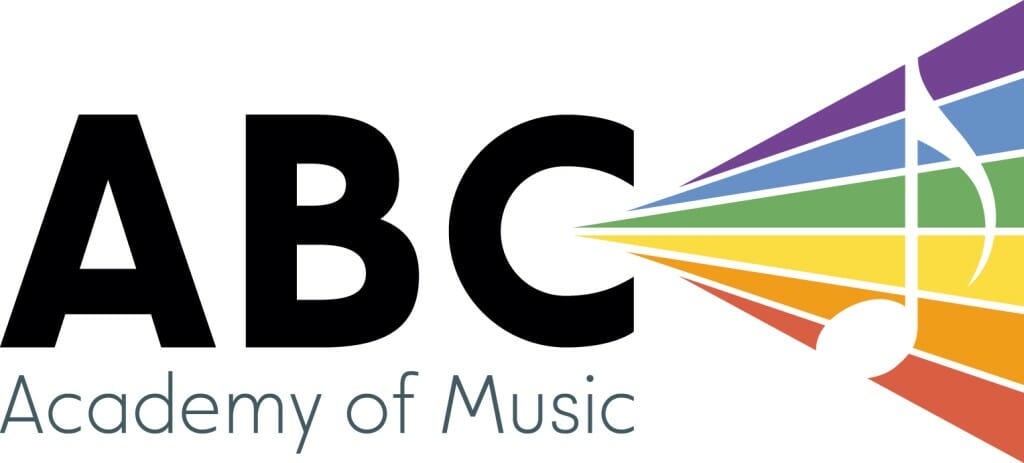Rachel
We began the lesson by doing some stretches and played a previous song, Monsieur Mouse, as a warm-up song. We then played the song Mary’s Pets. Rachel did an amazing job with this! She’s even begun to play with the hand position instead of using one finger for every note! We wrote in some dynamics (loud and soft) for each verse and Rachel played the verses using the dynamics she’d selected.
We also learned about the whole note. The whole note is in the shape in the circle and is worth four counts. We worked on clapping just the whole note, then clapped some of the rhythms in her book that used the whole note.
At home
We didn’t have a chance to look at the next song, so Rachel can review previous material this week. I also suggest she work on the rhythms on the whole note page, by clapping or playing them on the piano. She should play for five minutes every day.
Chloe
We began the lesson by doing some light stretches and then reviewed Goldfish and Pumpkin Party. Chloe did a really good job with these! She even told me why notes with the same name are written on different parts of the staff to show which part of the piano they needed to be played on.
We then learned a brand new note: A! Chloe had some trouble with A and E as they are both on a line. But one way to remember the difference is that A is played by the left hand in the bass clef, and E is played by the right hand in the treble clef. We reviewed all the notes we’ve learned so far several times throughout the lesson.
At home
Chloe can review the songs Ride the A Train and Tooth Fairy. Both have A in them, and Tooth Fairy features the other notes we’ve learned so far. If Chloe has trouble naming the notes, she can look back to previous pages and find pictures of the different note names. She should play for 5 minutes every day.
Chantal
We began the lesson with Chantal playing exercises 10-12 in C and G major. She did such a good job with this! I suggested she could try and do all of Group I in G major and she was enthusiastic about the challenge.
We then reviewed This is Not Jingle Bells. Chantal did such a good job with this! She played confidently and with strong fingers! We started to work on Kites in The Sky. This song features a technique in which the left hand crosses over the right to play a higher note. We spent some time reviewing this technique and by the end Chantal had the hang of it. The second page of the piece is to be played more freely, and features more left hand crossing over right.
At home
Chantal should play all of Group I of A Dozen a Day in G major. She can then review the first page of Kites in the Sky. If she has time she can start to learn page 2. She should play for 15 minutes every day.
Zoe
We began by reviewing the exercises from last week (Group III in A major #1-3) and then looked at #4-6. I suggested to Zoe if she ever felt stuck transposing an exercise in A major, she could always play it in C major first and think about the notes and their relationship to C (how many note names is it away from C?) and then translate that into A major.
We looked at the technique exercise Peacock Strut. We repeated the exercise, but I urged Zoe to play with strong fingers, and fingers close to the keys (even when the notes are staccato). She should also try to make all the slurred passages totally connected (no sound in between notes).
We also looked at the song Mexican Jumping Bean. As with Peacock Strut, we also worked on keeping the fingers close to the keys, even with staccato.
Finally we looked at The Spanish Guitar. I noticed that Zoe had a habit of breaking the slur in the right hand when the left hand jumped in, so we worked a bit on that.
At home
I suggest Zoe focus on the Dozen a Day exercises, the Peacock Strut exercise, and Mexican Jumping Bean. The main focus this week is hands! It’s keeping hands close to the keys and still playing staccato notes with power. She should practice for 10-15 minutes every day.
